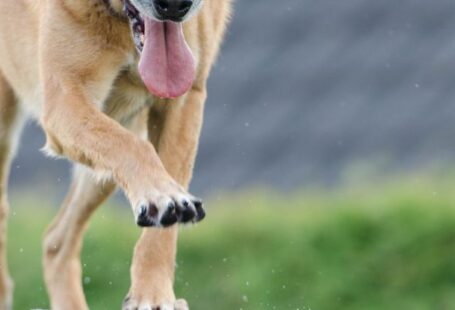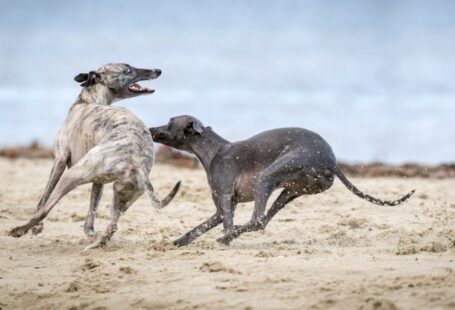Dogs have been our faithful companions for thousands of years, serving as loyal friends, protectors, and working partners. From the tiny Chihuahua to the majestic Great Dane, the diverse range of dog breeds we see today is a result of centuries of selective breeding and geographic isolation. The history of dog breeds is a fascinating global journey that sheds light on the unique characteristics and traits that make each breed distinct. Let’s explore the origins of dog breeds and how they have evolved over time.
Early Origins: The Domestication of Dogs
The domestication of dogs is believed to have started around 15,000 years ago, when wolves began to form close bonds with early human populations. These early canines were likely scavengers that followed human settlements in search of food scraps. Over time, humans began to recognize the benefits of having these animals around, leading to a more intentional process of domestication.
As humans started to settle in different regions of the world, dogs adapted to their new environments, resulting in the development of distinct breeds. In ancient times, dogs were primarily bred for specific purposes, such as hunting, herding, guarding, and companionship. These selective breeding practices laid the foundation for the wide variety of dog breeds we have today.
Selective Breeding and the Development of Breeds
One of the key factors that have influenced the development of dog breeds is selective breeding. By choosing dogs with desirable traits, such as size, coat color, temperament, and skills, humans were able to create breeds that excelled in specific tasks. For example, the Border Collie was bred for herding sheep, while the Dachshund was bred for hunting small game.
Geographic Isolation and Breed Diversity
As humans migrated to different parts of the world, dogs accompanied them on their journeys. This led to geographic isolation, where certain breeds were isolated in specific regions, resulting in the development of distinct characteristics. For example, the Siberian Husky, bred by the Chukchi people of Siberia, developed a thick double coat to withstand the harsh Arctic winters.
The Influence of Culture and Tradition
Culture and tradition have also played a significant role in shaping the development of dog breeds. In some cultures, certain dog breeds are considered sacred or have specific roles in religious ceremonies. For example, the Shih Tzu was bred by Tibetan monks and was believed to bring good luck and protection to its owners.
Modern Trends in Dog Breeding
In the modern era, dog breeding has become more specialized, with breeders focusing on refining specific traits and characteristics. This has led to the emergence of designer breeds, such as Labradoodles and Goldendoodles, which combine the best qualities of two different breeds.
The Rise of Purebred Dogs
Purebred dogs, which are bred to conform to a specific set of standards set by kennel clubs, have gained popularity in recent years. These dogs are often bred for their appearance and temperament, making them ideal choices for dog shows and competitions.
The Future of Dog Breeds
As we look to the future, the evolution of dog breeds will continue to be shaped by human preferences, technological advancements, and changing lifestyles. With a growing focus on health and well-being, there is a trend towards breeding dogs with fewer genetic health issues and longer lifespans.
In conclusion: A Global Tapestry of Diversity
The history of dog breeds is a testament to the ingenuity and creativity of humans in shaping the natural world around them. From the ancient origins of domestication to the modern era of designer breeds, dogs have always held a special place in our hearts. As we continue to cherish and celebrate the diversity of dog breeds, let us remember the rich tapestry of history and culture that has brought us the beloved companions we know today.





